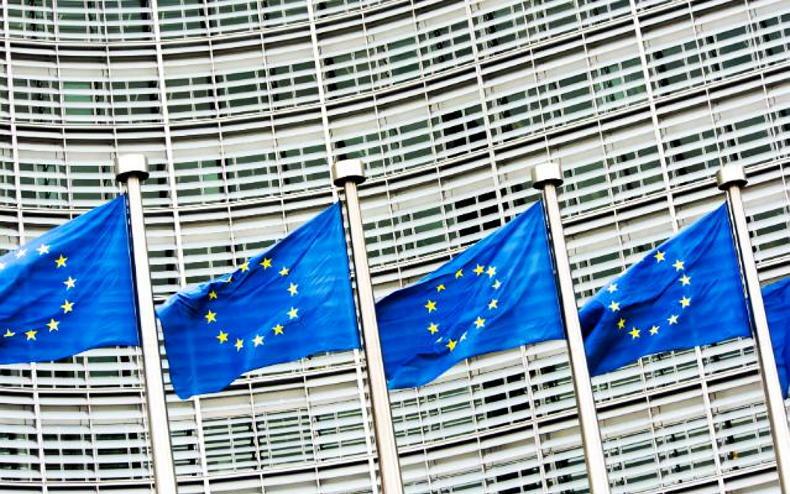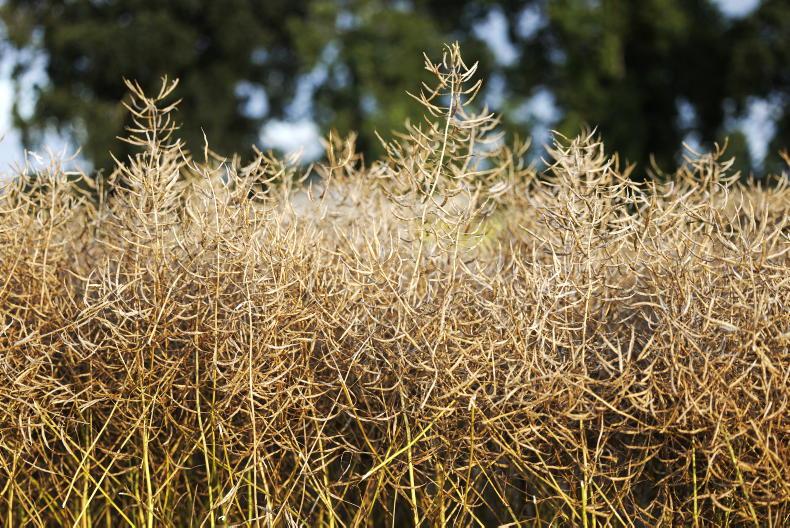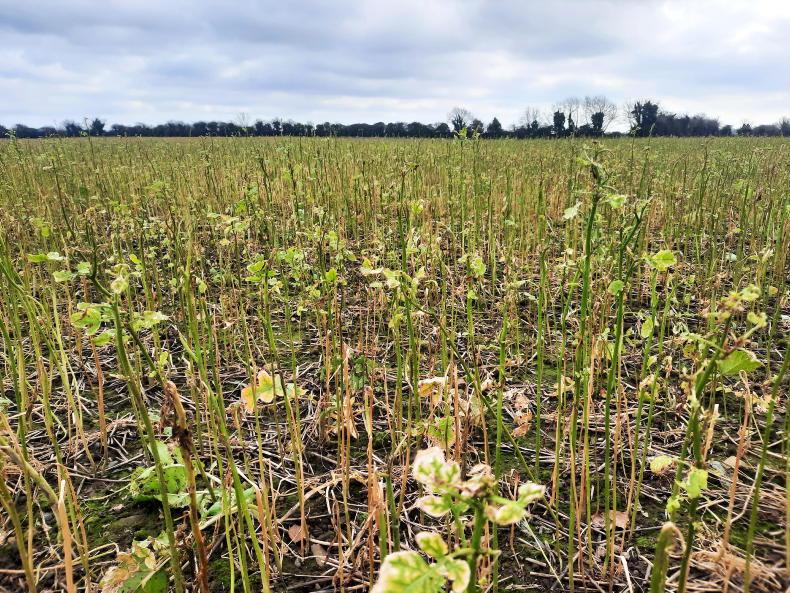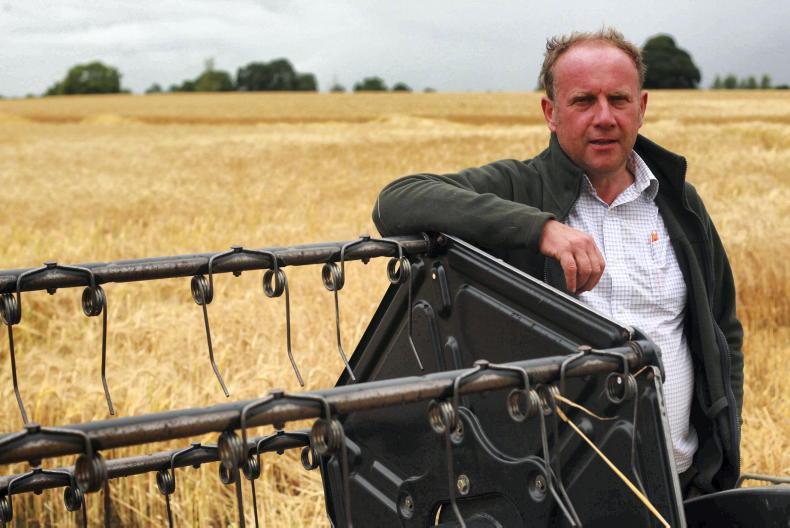The EU short-term outlook, released this week, is unsurprisingly strongly influenced by the twin impact of serious drought and heat in many areas over the summer months and the war in Ukraine, which has caused chaos in energy and fertiliser markets.
The Joint Research Council (JRC) on drought reported that at the start of September, 33% of EU territory was in drought warning conditions and a further 26% was in alert conditions.
This, combined with energy concerns, particularly gas, puts a serious question over supply and cost for the 2023 growing season. Added to all this is the growing threat of African Swine Fever (ASF) in pigs and Avian flu in poultry, all leading to a period of risk and uncertainty ahead.
Arable/tillage
The effect of drought combined with lower application rates of P and K mean lower yields in 2022, with the EU forecasting that they will overall be 7.8% lower than last year. The biggest reduction is in maize, which is forecast to be 23.7% lower than last year. However, with higher stocks carried into this year, the EU is forecasting that its cereal exports could grow by 6.5%.
Dairy
Drought hit grass in many areas of the EU, including the high volume producing regions in Ireland, where supplementary feed had to be given to cows. The EU Outlook suggests that there could be a decline in EU milk production of 0.5% due to a combination of lower yields and further dairy herd reduction.
With a reduction in fat and protein content of milk, reducing milk processing, only cream production is expected to grow. Higher drying costs for milk powders is forecast to lead to a drop in EU dairy exports, though the domestic market should remain stable for the remainder of this year.
Beef and sheep
Beef production was influenced by the same issues as dairy and the EU Outlook is also forecasting a decline in output by 0.6% in 2022, the level of decrease that actually occurred in the first half of the year. This was despite the number of cattle processed increasing by 0.4%, but this was more than offset by a 1% reduction in carcase weights.
High feed costs are expected to maintain and therefore the trend for the first half of the year is expected to continue, with a return to stability in 2023 contingent on feed supply and prices returning to normal levels.
EU sheep slaughterings increased by 2.7% in the first half of the year in 2020, due mainly to a large increase in Ireland and Romania. A slowdown is expected in the second half of 2022, leaving output from the year up 0.5% according to the Outlook forecast.
EU sheepmeat imports increased by 28% in the first half of the year, with the big suppliers being New Zealand (up 17%) and a return to UK volume exports, which were up by 34%.
Pigs and poultry
EU pigmeat production is forecast to be down 5% this year, as the sector has been hammered by soaring production costs and reduced global demand, particularly from China. Added to this is the problem with ASF and with energy and feed costs remaining high, a further 0.7% decrease is forecast for next year.
Due to its relatively low cost, poultry meat usually performs well in times of food inflation and the sector has experienced a strong demand in 2022, with prices up by 38%. Additional demand has led to a surge in imports, forecast to increase by 29% in 2022 and 7.7% next year. Avian flu remains a huge concern for the sector with several outbreaks in 2022.
It has to be a cause of concern how delicately balanced the EU food supply chain is going into the final quarter of 2022. Arable, dairy and beef output is all lower this year and with new CAP policies coming into effect for the first time next year, there is little to suggest that reduced output trends will be reversed.
Europe will not run short of food but when it increases imports from international markets, it is at the expense of other regions that don’t have the EU’s buying power.











SHARING OPTIONS